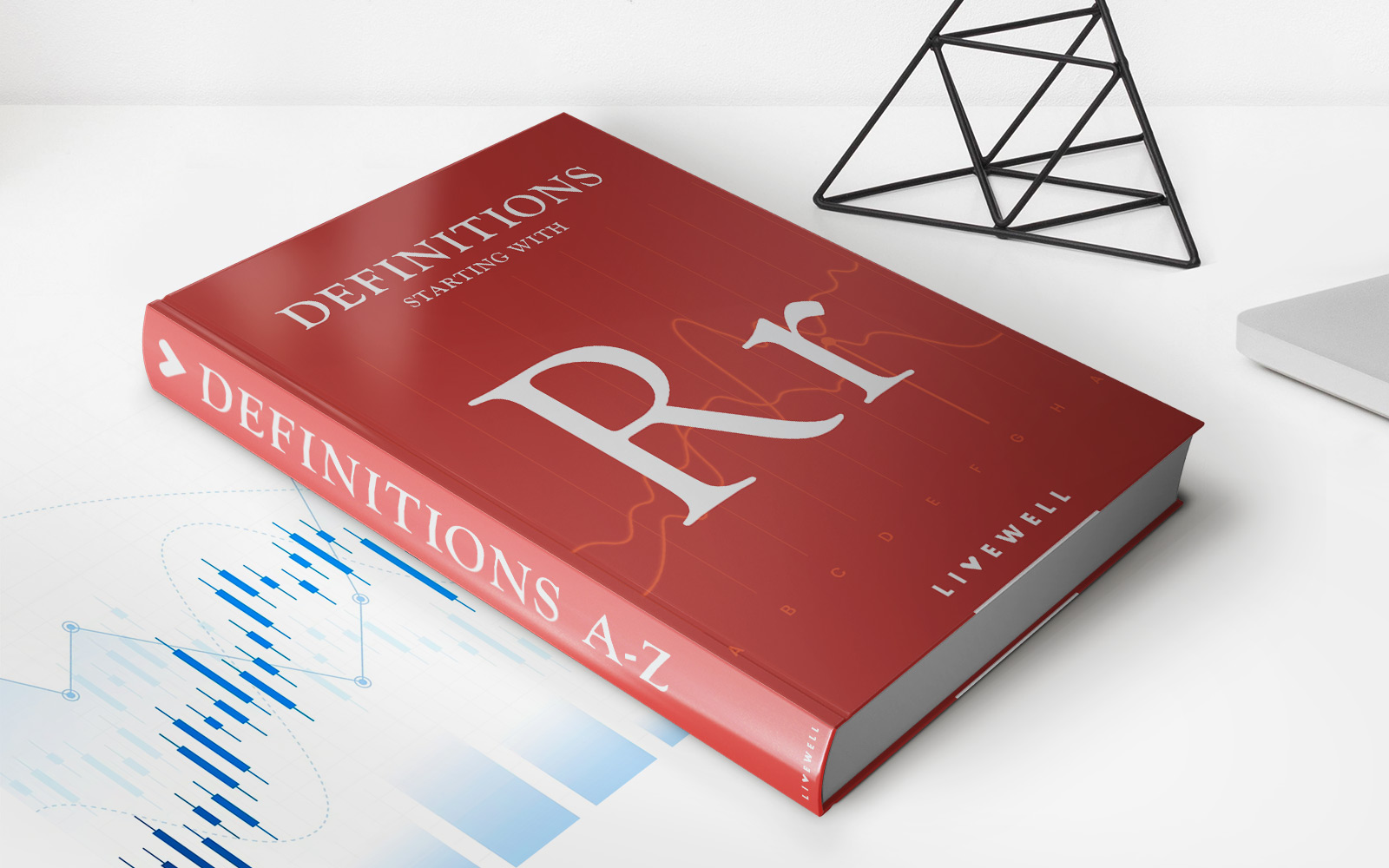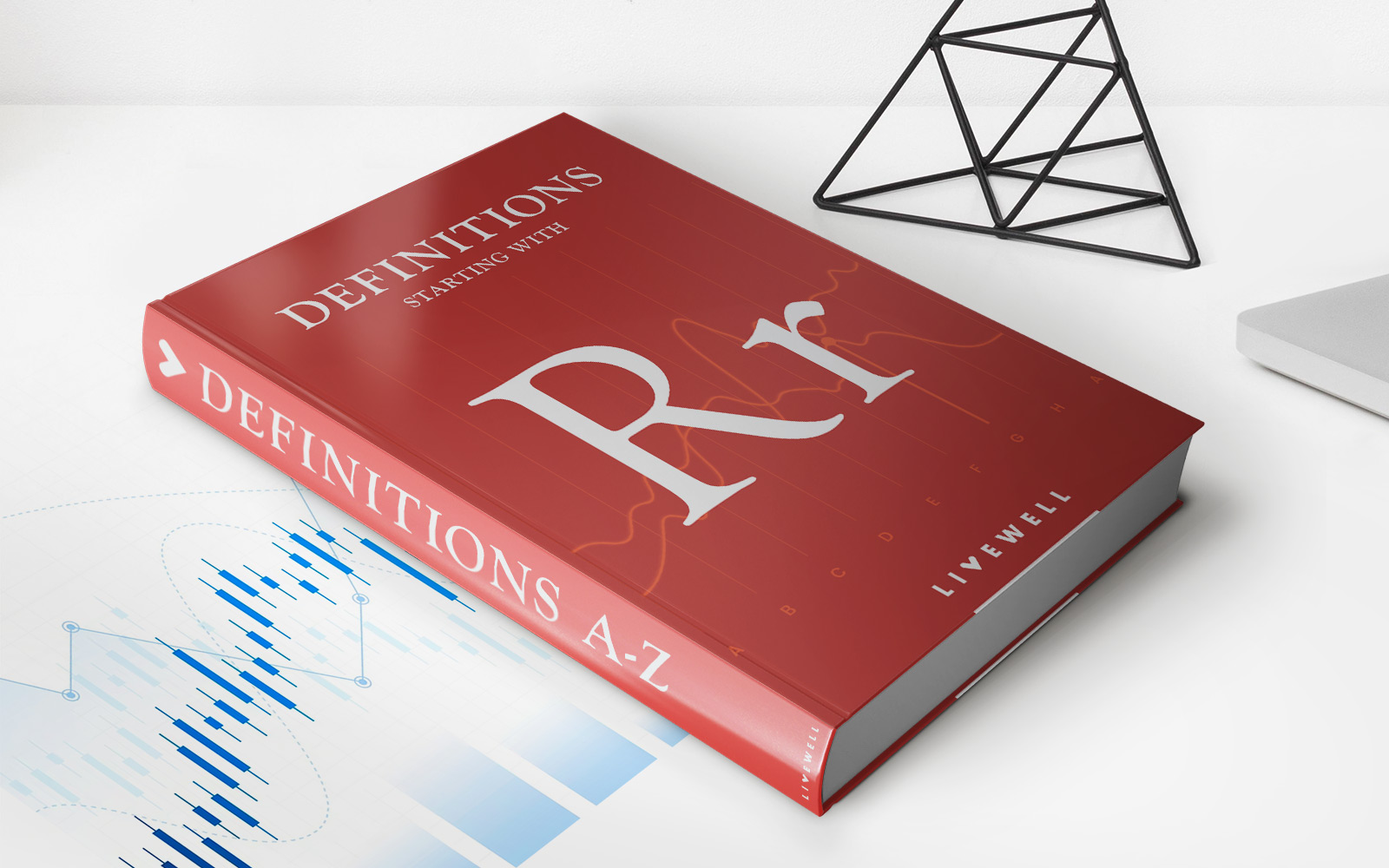Home>Finance>Interest Rate Parity (IRP) Definition, Formula, And Example


Finance
Interest Rate Parity (IRP) Definition, Formula, And Example
Published: December 11, 2023
Learn the definition, formula, and example of Interest Rate Parity (IRP) in finance. Understand how it impacts currency exchange rates and international investment.
(Many of the links in this article redirect to a specific reviewed product. Your purchase of these products through affiliate links helps to generate commission for LiveWell, at no extra cost. Learn more)
Interest Rate Parity (IRP): Definition, Formula, and Example
Finance is a complex field with many concepts and terms that can often be confusing for beginners. One such concept is Interest Rate Parity (IRP). If you are looking to understand IRP and its significance in the financial world, you have come to the right place. In this blog post, we will explain what IRP is, provide a simple formula to calculate it, and walk you through an example to help solidify your understanding.
Key Takeaways:
- Interest Rate Parity (IRP) is a theory that states that the difference in interest rates between two countries should be equal to the percentage difference between the spot exchange rate and the forward exchange rate.
- IRP is based on the assumption that capital flows are free, and there are no transaction costs or barriers to international investment.
What is Interest Rate Parity (IRP)?
Interest Rate Parity (IRP) is a concept in finance that suggests a relationship between interest rates, exchange rates, and forward exchange rates. According to IRP, the difference in interest rates between two countries should be equal to the percentage difference between the spot exchange rate and the forward exchange rate. In simpler terms, it means that the expected return on investment in two different currencies should be the same.
IRP is based on the assumption that capital flows are free, meaning there are no barriers or transaction costs involved in international investment. The theory assumes that investors have access to all relevant information and can freely move their money between countries to maximize their returns.
The Formula for Interest Rate Parity (IRP)
The formula for calculating Interest Rate Parity is as follows:
Forward Exchange Rate = (Spot Exchange Rate) x (1 + Domestic Interest Rate) / (1 + Foreign Interest Rate)
The forward exchange rate represents the expected exchange rate between two currencies at a future date. The spot exchange rate, on the other hand, is the current exchange rate. By plugging in the spot exchange rate, domestic interest rate, and foreign interest rate into the formula, you can calculate the forward exchange rate.
Example of Interest Rate Parity
Let’s consider a hypothetical example to illustrate how Interest Rate Parity works:
Suppose the spot exchange rate between the US dollar (USD) and the euro (EUR) is 1.10, and the annual interest rate in the United States is 4%, while the annual interest rate in the Eurozone is 1.5%. Using the formula mentioned earlier, we can calculate the forward exchange rate:
- Forward Exchange Rate = (1.10) x (1 + 0.04) / (1 + 0.015)
- Forward Exchange Rate = (1.10) x (1.04) / (1.015)
- Forward Exchange Rate ≈ 1.125
Based on the calculations, the expected future exchange rate between the USD and the EUR is approximately 1.125. If the forward exchange rate in the market deviates significantly from this calculated rate, opportunities for arbitrage may arise.
Understanding Interest Rate Parity is crucial for investors and businesses engaging in international trade and finance. It helps to predict future exchange rates, identify potential arbitrage opportunities, and determine the optimal allocation of resources to maximize returns.
Conclusion
Interest Rate Parity (IRP) is an essential concept in finance that establishes a relationship between interest rates, spot exchange rates, and forward exchange rates. By understanding IRP and applying the formula, investors can make more informed decisions regarding their international investments. Keep in mind that IRP is based on several assumptions, and real-world conditions may deviate from theoretical predictions.
So, whether you are a finance professional, a student, or simply someone interested in learning more about the financial world, understanding IRP is crucial. Incorporating this knowledge into your decision-making process can help you navigate the complexities of the global markets more effectively and make better-informed investment choices.














